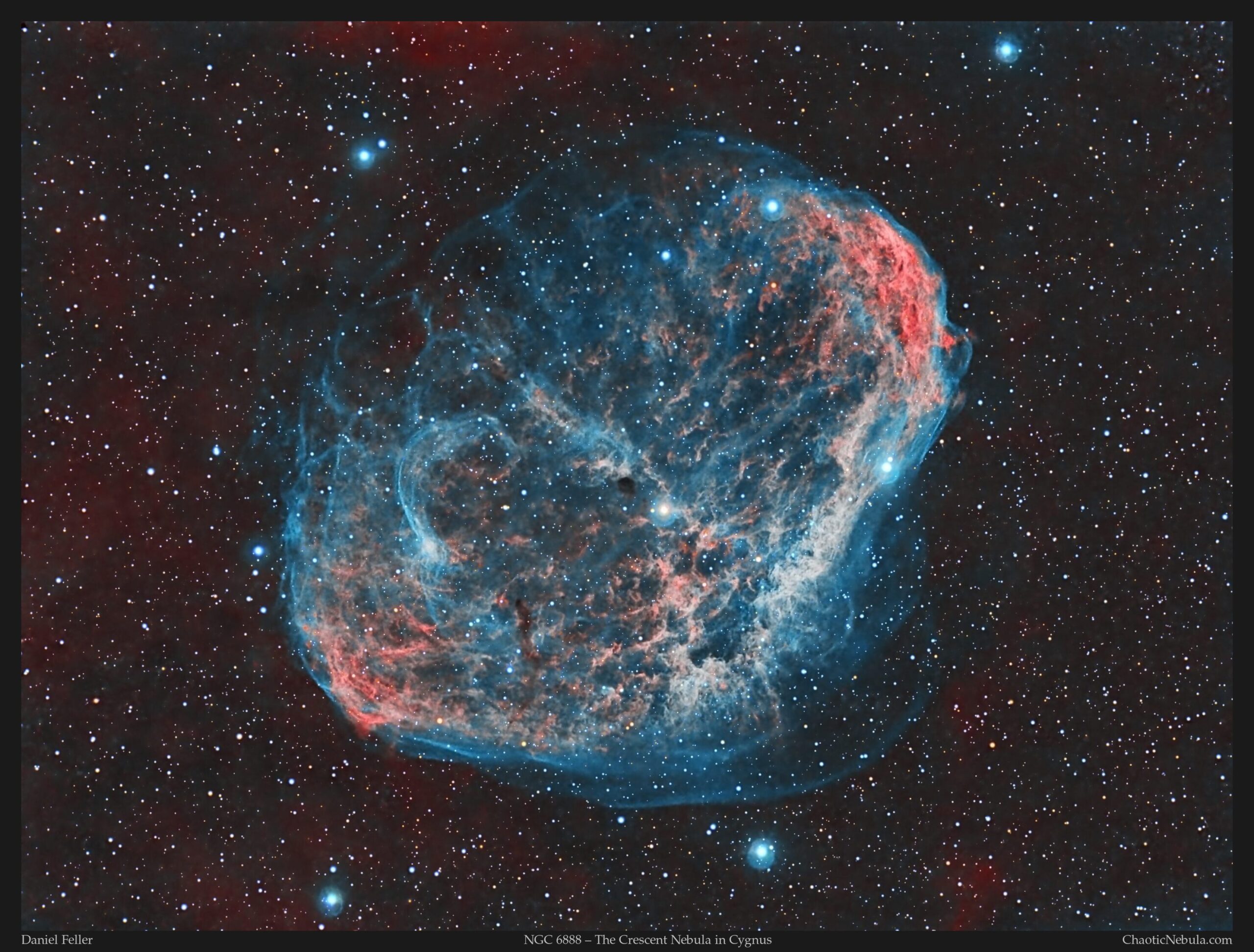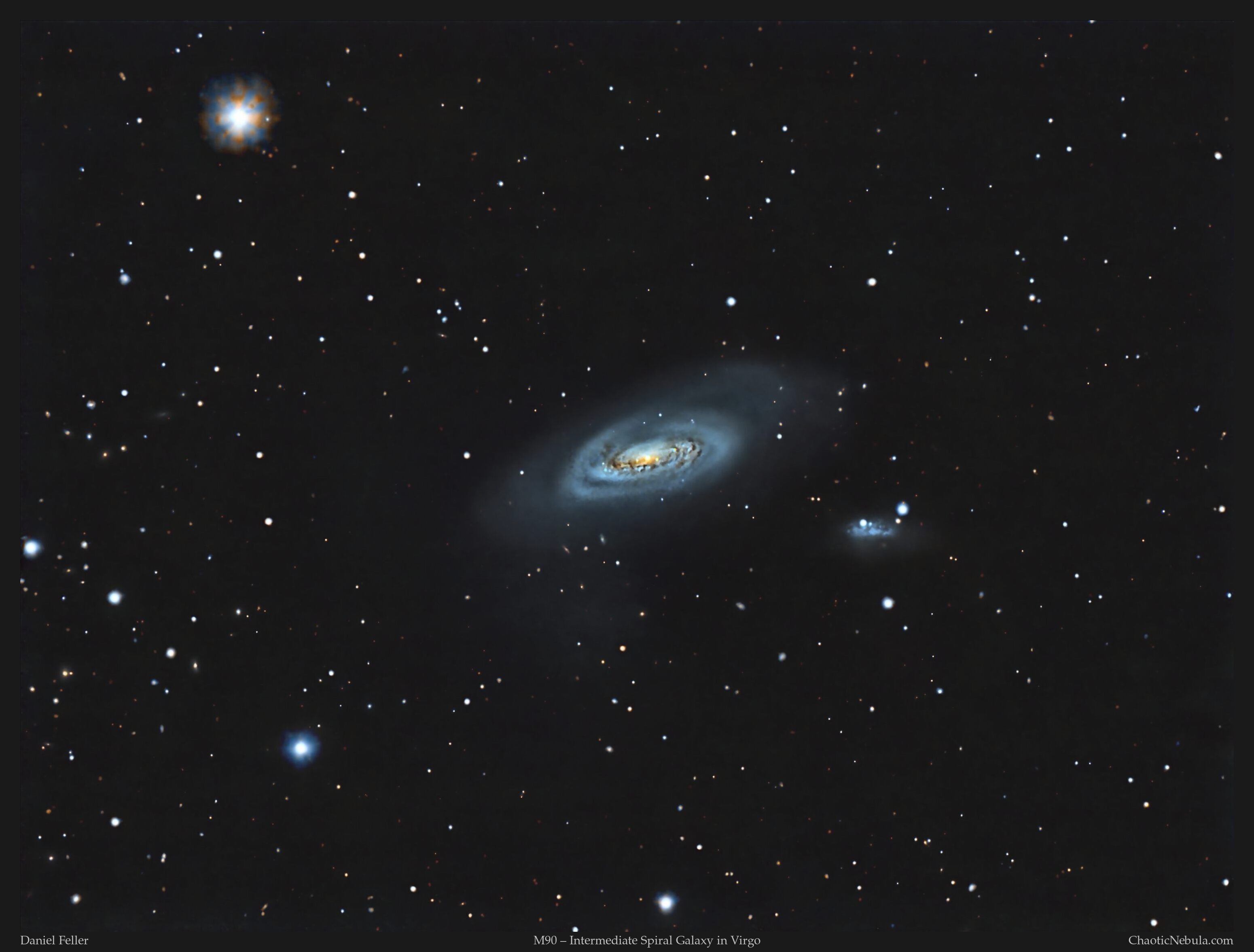Learn to Take Sky Flats for Astrophotography
Flat frames are essential in astrophotography to correct optical issues like uneven illumination, vignetting, and dust particles on the optics. They are captured by photographing a uniformly lit source, such as a white screen or twilight sky. These reference images help remove imperfections during the processing workflow by dividing the original images by the flat frames, resulting in cleaner, more accurate final images. Flat frames are crucial calibration tools that enhance image quality, making astrophotography more visually appealing and accurate.
One of the fastest, cheapest, and easiest ways to capture flat frames is to simply use the sky. If you use N.I.N.A. (Nighttime Imaging ‘N” Astrophotography) to control your imaging rig, you can use the integrated processes to incorporate sky flats into your imaging sequence.
(more…)


